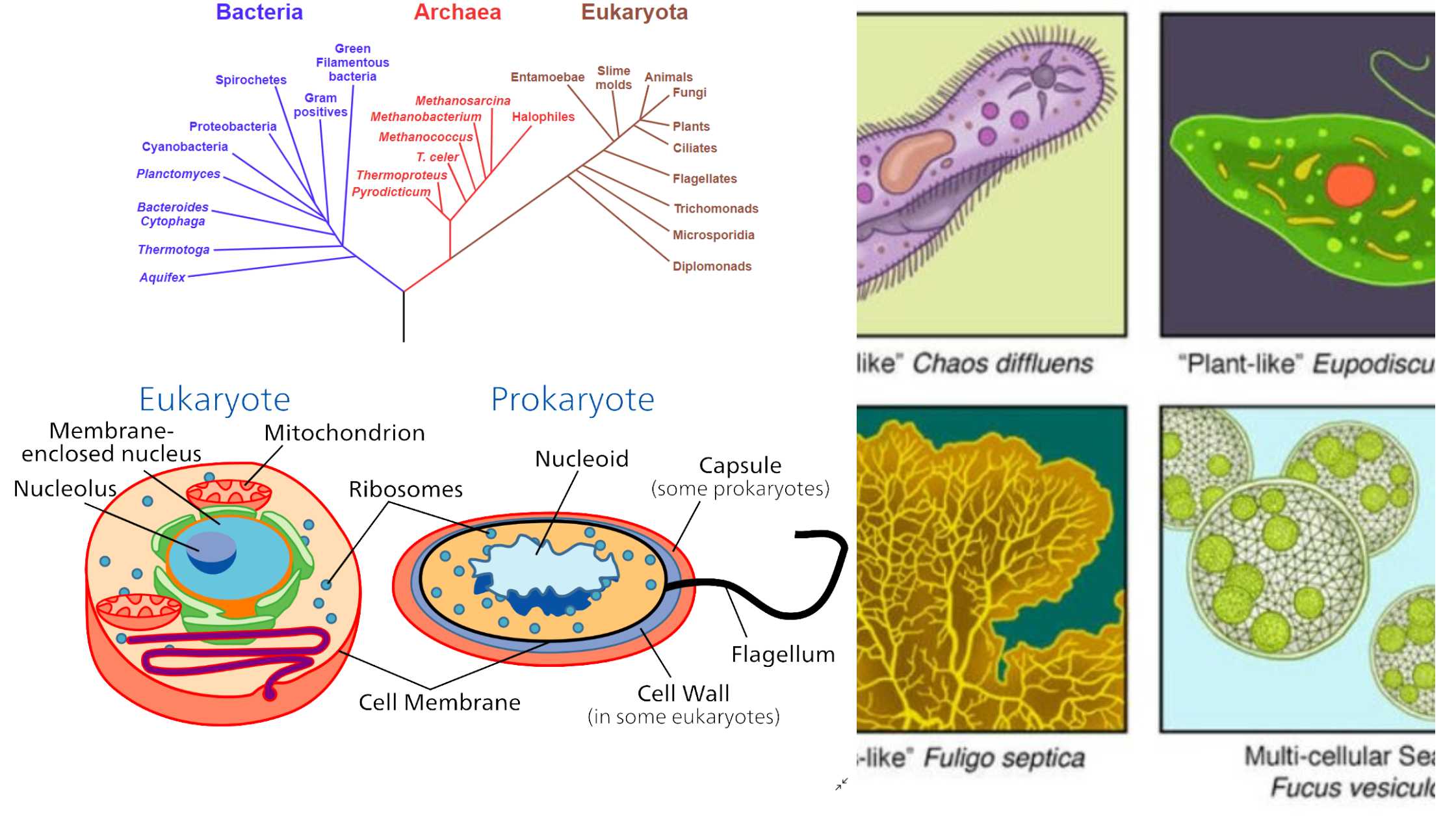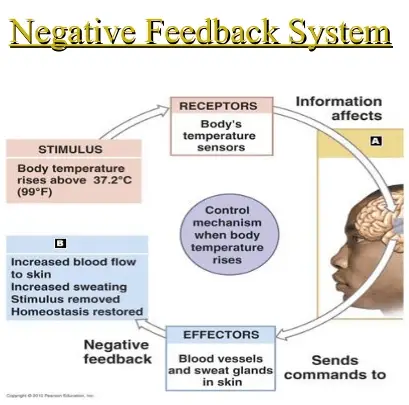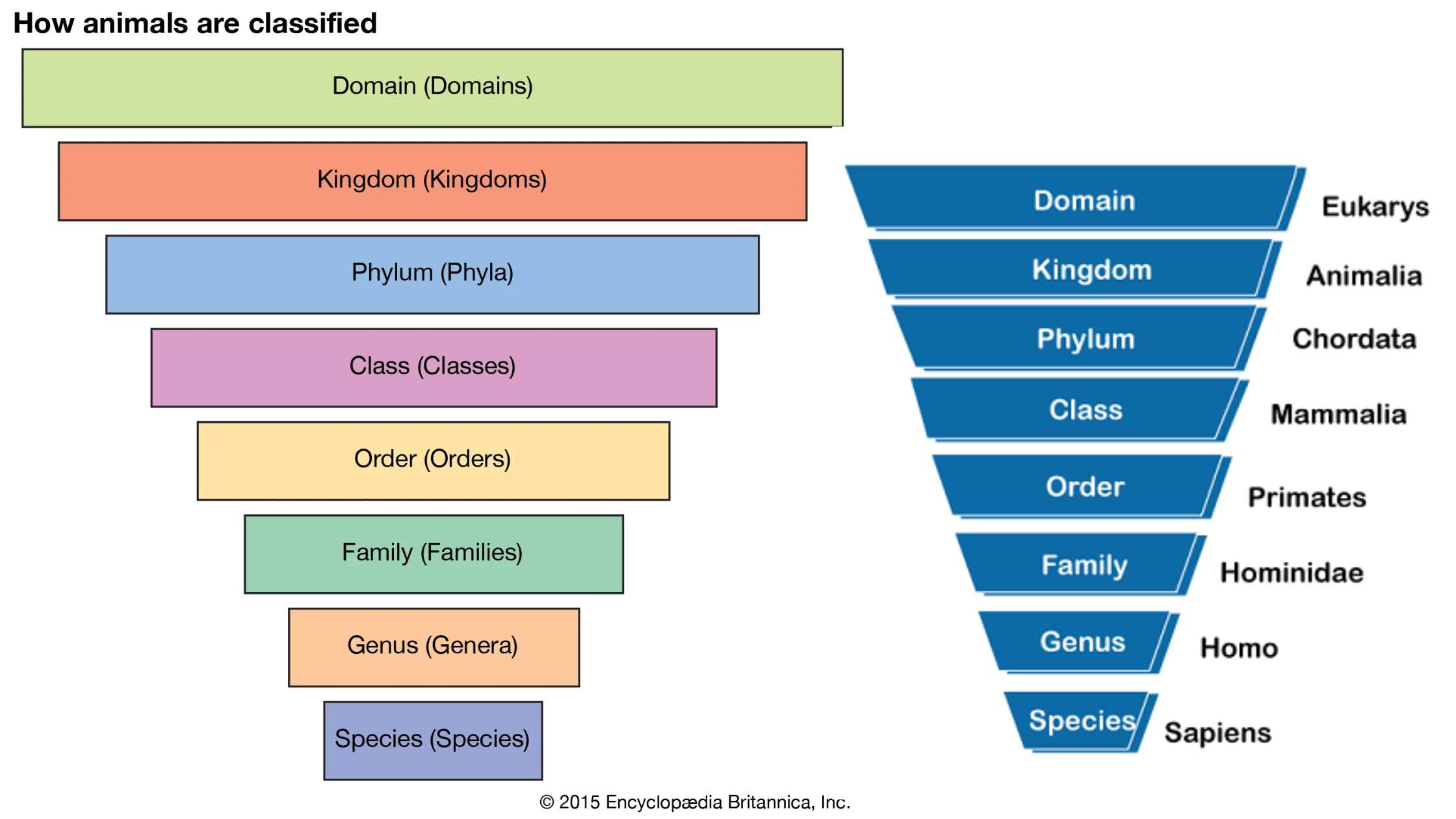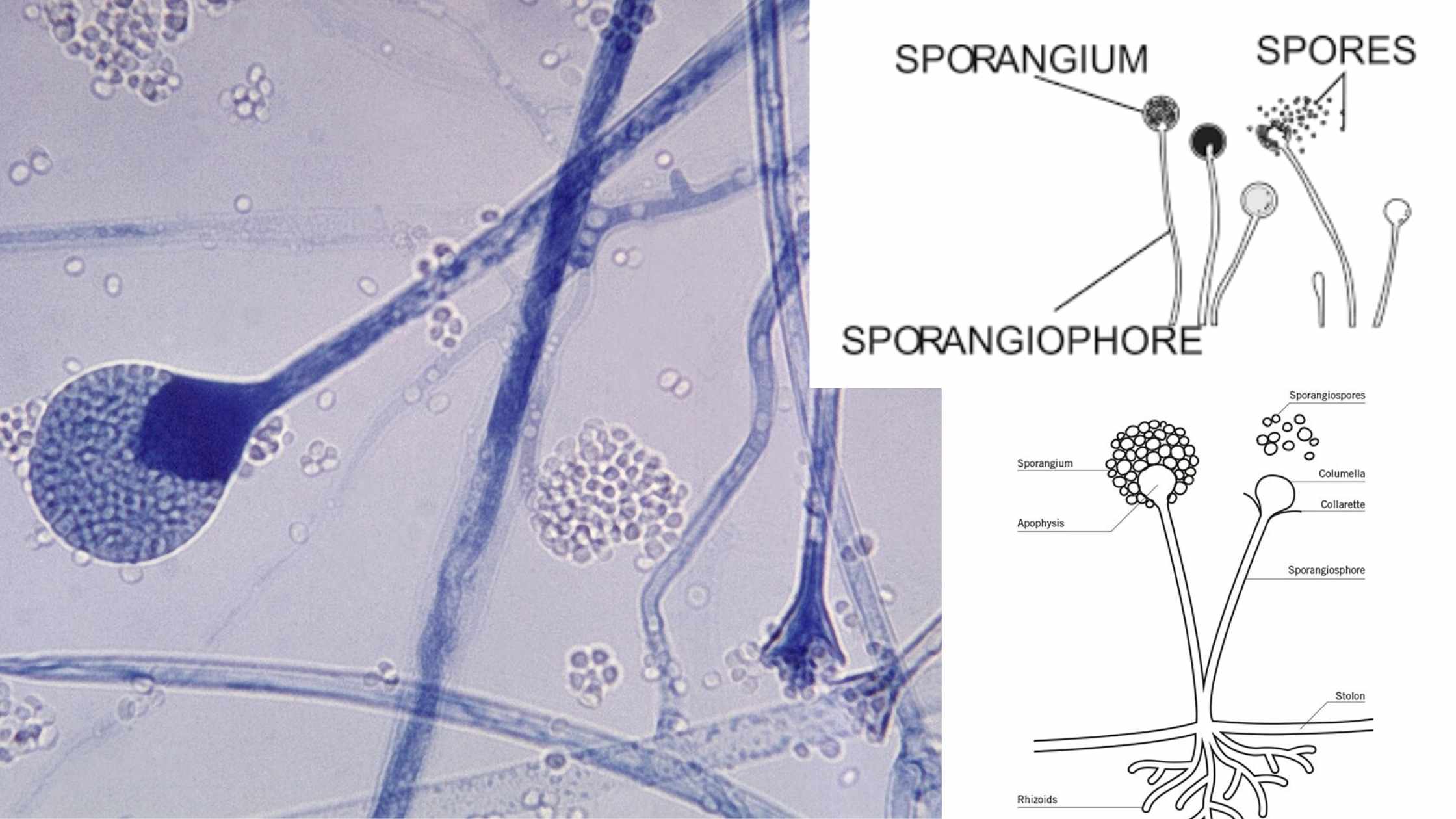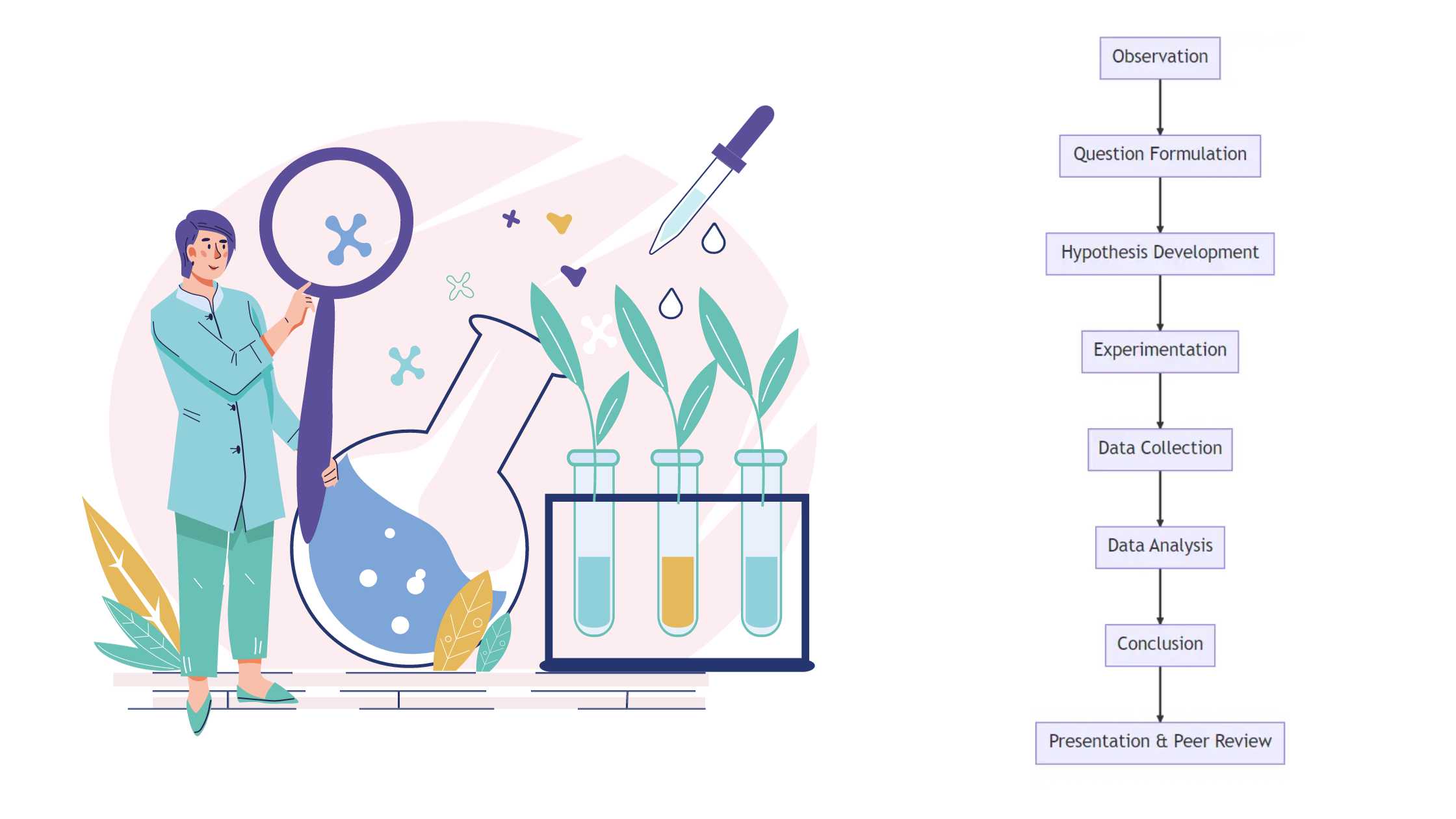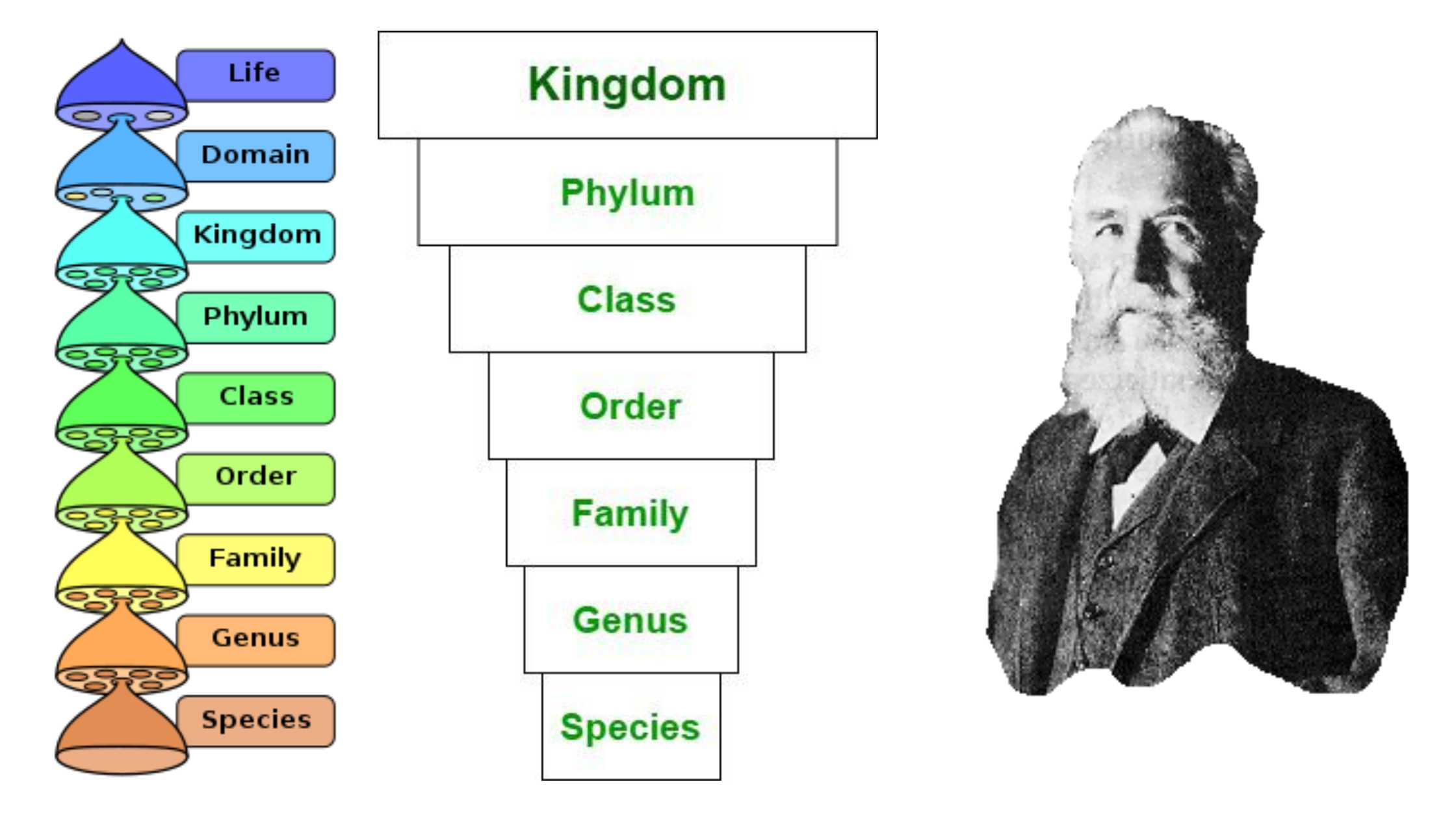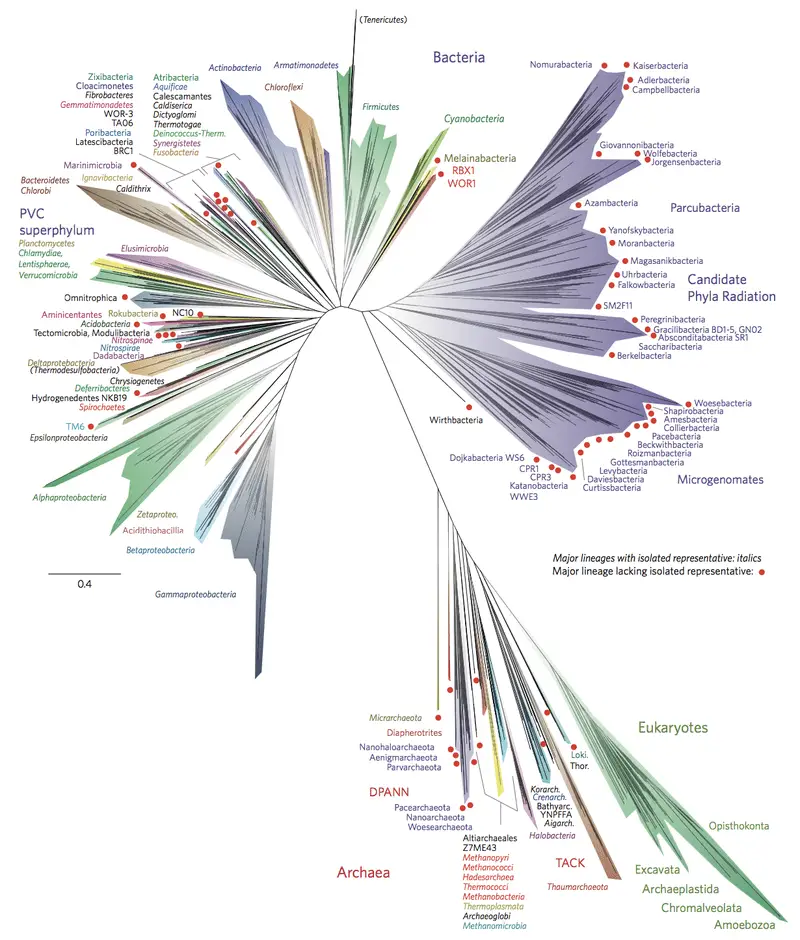Organism – Definition, Types, Structure, Examples
What is Organism? Definition of Organism An organism is a living entity composed of one or more cells, capable of growth, reproduction, and response to stimuli, functioning as an individual life form. Structure of an Organism Every organism, whether unicellular or multicellular, is fundamentally composed of cells, the basic structural and functional units of life. … Read more
